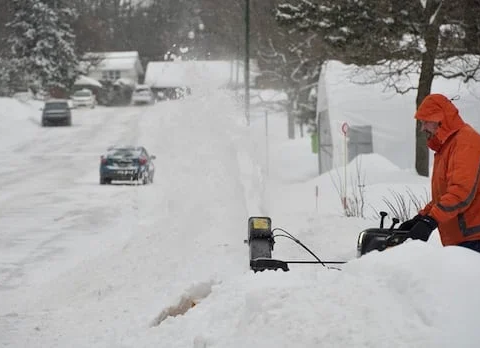EFE / Santiago de Chile
The discovery of the body of a Colombian man near an unauthorized border crossing in the Colchane commune, on the border between Chile and Bolivia, raised the number of deaths in the area to three so far this year.
According to official sources confirmed to Efe, it was a 32-year-old person of Colombian nationality who was found during a patrol near the town of Pisiga Carpa, a small town near the border complex between the two countries.
He did not carry luggage or regular entry documents to Chile, only his passport, they indicated from the municipality.
You can also read: A state of exception is decreed in the border provinces of northern Chile
The death took place in the midst of the migratory crisis that has worsened in recent months and that led the Chilean government to decree a “state of exception” last week and the militarization of four provinces: Tamarugal, El Loa, Arica and Parinacota.
In these and other areas of the north, there are frequent massive arrivals of people through clandestine steps, the collapse of small border towns and the holding of strikes against migration, trucker stoppages and xenophobic attacks.
Last year, around twenty migrants died trying to cross into Chile through the altiplano, an area with very extreme weather conditions (very high temperatures during the day and very low at night) and almost 4,000 meters above sea level.
You can also read: Chile announces dialogue with Bolivia over migration crisis on the border
In parallel, the entry into force of the regulations of the new migration law, promoted by the conservative Sebastián Piñera to harden the borders, was also announced on Saturday, which caused a situation of chaos with dozens of migrants crowded at checkpoints.
Despite the fact that the new norm came into force in 2021, the approval of the regulation was lacking, which will allow from now on to speed up expulsions and even make “hot returns”, without a judicial procedure.
According to the Immigration and Immigration Department, there are 1.4 million migrants in Chile, which is equivalent to more than 7% of the population, and Venezuelans are the most numerous, followed by Peruvians, Haitians and Colombians.


















